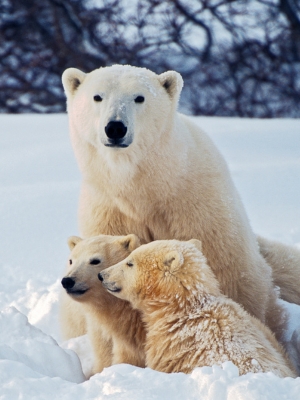It is destressing to learn that some thirty dead whales have been recorded in the Gulf of Alaska since May, which, we are told by National Oceanic and Atmospheric Administration (NOAA), is more than three times what one might normally expect to encounter in a similar time frame. Six more were found off of the coast of British Columbia, and Canada’s Department of Fisheries and Oceans (DFO) is working with NOAA to determine the cause.
The challenges to finding the cause of this greatly accelerated mortality are formidable, involving the vastness of the region and the difficulty in retrieving fresh samples from recently deceased animals. The possibility of the whales having encountered an algae bloom is being explored, but so far with no definitive results.
Meanwhile, if we turn our attention to the opposite corner of the continent we learn that Florida has, at the same time, experienced its worst red algae bloom in memory, with over 100 tons of dead marine life washed up on Gulf beaches, causing a stench and health hazard for humans, never mind the impact on marine life generally. This deadly event included a dozen dolphins found dead in one week, including Speck – a twelve-year-old male known to researchers from his birth, and who had previously been seen by the folks studying the region’s dolphins some three hundred times.
In the Gulf of Mexico we know that this summer has seen a massive increase in the algae called Karenia brevis, its astronomical abundance turning the water reddish-brown, hence the term “red tide.” Dr. Randy Wells of the Sarasota Dolphin Research Program has explained that as the microscopic algae cells die and decay they release highly toxic brevetoxins deadly to dolphins, fish, birds, sea turtles, manatees, and quite unhealthy for us, too. K. brevis cells are occurring at “900 times the level at which fish begin to die.”
Increased nutriment loads from many sources, especially from agriculture, nourish the algae while warmer water, the predicted result of climate change, exacerbates its ability to grow while reducing the water’s oxygen content, essential to all marine life. Florida governor Rick Scott’s declaration of a state of emergency is ironic, to say the least, given his denial of climate change. What, if anything, would convince him of the reality?
It is not that we haven’t seen red tides and die-offs before, just as hurricanes, forest fires, droughts, and heat waves have always occurred, but all are being exacerbated and enhanced, exactly as environmentalists and climate change scientists have warned.
And, the planet’s increasing inability to sustain animal life is all the warning we should have about our own vulnerability even if we didn’t care about the animals.
There are remedies, but first we have to acknowledge the problems, and not remain in denial.
Meanwhile, whales and other living things are dying – humans included – and it can only worsen unless or until political leaders find the courage to face reality.
Keep Wildlife in the Wild,
Barry
 Dear Reader,
Dear Reader,